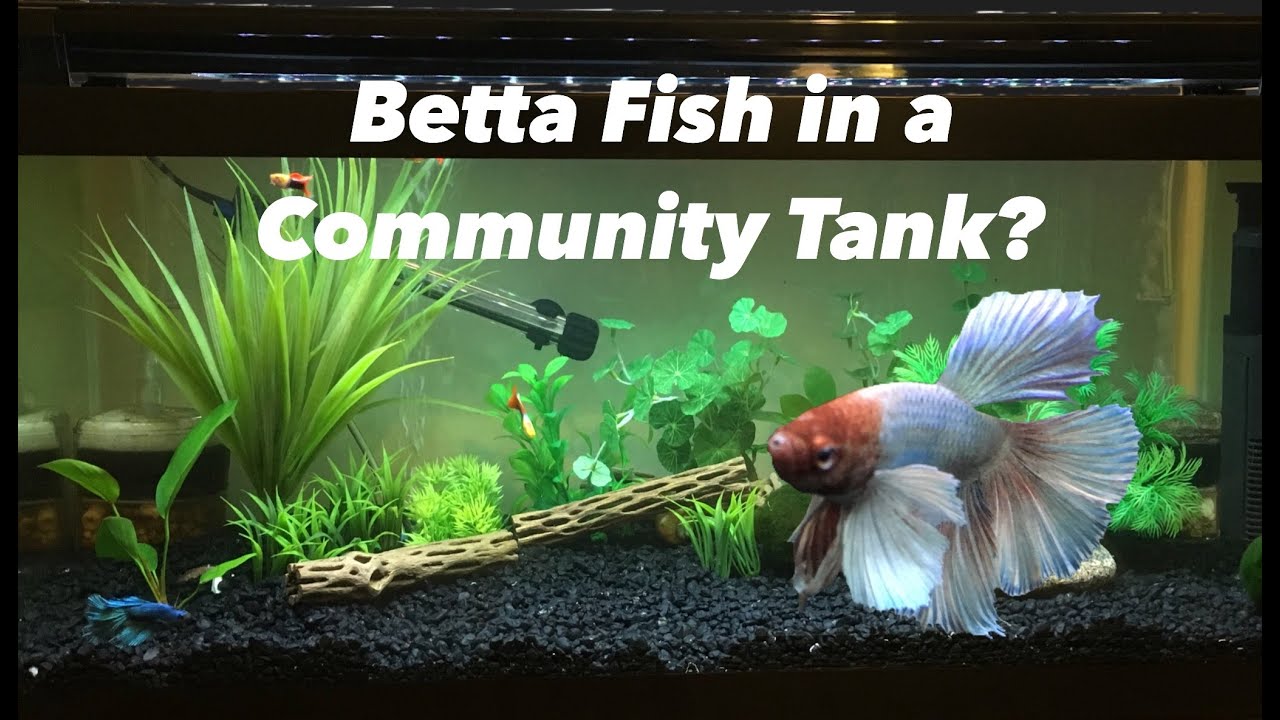Betta fish, also known as Siamese fighting fish, are known for their vibrant colors, flowing fins, and territorial behavior. Many aquarists often ask: Can betta fish live with other fish in the sea or in community tanks? The short answer is no for the sea, and it depends for aquariums. In this detailed guide, we explore every nuance of betta compatibility, environment requirements, and practical advice on tank mates.
Understanding Betta Fish Behavior
Betta fish are freshwater labyrinth fish originally from the shallow rice paddies, streams, and canals of Southeast Asia. In the wild, they are territorial, especially males. This instinct to defend their territory makes them notoriously aggressive toward other bettas and fish with similar body shapes or bright colors.
They are not marine fish, meaning they cannot live in the sea. The salinity levels in the ocean would be fatal for bettas. Their natural habitat consists of still or slow-moving freshwater, so placing them in a marine environment would result in stress, dehydration, or death.
Can Betta Fish Live in the Sea?
Absolutely not. Betta fish are strictly freshwater species. The ocean’s saltwater composition is drastically different from the freshwater they are biologically adapted to. Placing a betta in the sea would lead to osmotic shock, severe stress, and almost certain death within a very short time.
Key reasons why bettas can’t survive in the sea:
- Osmoregulation Failure: Bettas cannot regulate the salt concentration in a marine environment.
- Stress and Aggression: The bustling marine environment is overwhelming and causes aggressive behavior or shutdown.
- Physiological Incompatibility: Their gills and body functions are tuned for freshwater. Saltwater burns their gills and skin.
Can Betta Fish Live with Other Fish in a Freshwater Aquarium?
Yes, under certain conditions. While bettas are often best housed alone, some carefully selected tank mates can live with a betta peacefully in a well-maintained environment. The key is to understand the betta’s temperament, the size of the tank, and the personality of potential tank mates.
Ideal Tank Conditions for Betta Coexistence
To create a safe and thriving community tank with a betta fish, follow these guidelines:
- Minimum tank size: 10 gallons or more.
- Stable water temperature: 76–82°F (24–28°C).
- pH level: 6.5–7.5.
- Filtration: Gentle flow to prevent fin damage.
- Hiding spots: Live plants, caves, and decor for personal territory.
Best Tank Mates for Betta Fish
Not all fish are suited to live with a betta. Choose species that are peaceful, non-fin-nipping, and not brightly colored or similar in shape.
Top Compatible Tank Mates
- Corydoras Catfish – Bottom dwellers that mind their business.
- Harlequin Rasboras – Peaceful, active mid-dwellers.
- Kuhli Loaches – Shy and non-threatening bottom feeders.
- Neon Tetras – Small and quick, best in groups of six or more.
- Mystery Snails – Non-intrusive and helpful with algae control.
- Amano Shrimp – Excellent tank cleaners and generally ignored by bettas.
Tank Mates to Avoid
- Guppies – Their bright tails trigger aggression.
- Angelfish – Similar body shape leads to territorial conflict.
- Barbs (especially Tiger Barbs) – Notorious fin-nippers.
- Goldfish – Different temperature and water condition requirements.
- Other Male Bettas – Will fight, often to the death.
Monitoring Betta Fish in a Community Tank
Even with ideal conditions and compatible species, a betta’s temperament can vary. Some are docile, others aggressive. Always observe their behavior in the first few weeks:
- Watch for fin damage, chasing, or hiding.
- Feed them separately to avoid competition.
- Rearrange tank decor to prevent territorial dominance.
If aggression escalates, have a backup tank or divider ready.
Common Mistakes to Avoid
When attempting to house bettas with other fish, avoid these pitfalls:
- Overcrowding: Causes stress and territorial behavior.
- Choosing similar-looking fish: Bright colors or long fins are seen as threats.
- Sudden introduction: Always acclimate new fish slowly.
- Lack of hiding spots: Increases aggression and stress.
Alternative Housing Options
If you wish to enjoy multiple fish in one setup but your betta proves too aggressive, consider these alternatives:
- Divided tanks: A clear partition allows you to keep other fish visible without risk of attack.
- Betta sorority tanks: Female bettas can sometimes coexist in groups of 5 or more in large, heavily planted tanks.
- Species-only tanks: Focus on creating a rich, stimulating environment for a single betta.
Conclusion: Choose Wisely for Betta Companionship
Betta fish cannot live in the sea and are best suited to freshwater environments. While they can sometimes live with other fish in a well-managed freshwater aquarium, success depends on tank size, species compatibility, and individual betta temperament.
Understanding the unique needs of bettas is essential. They are captivating, intelligent fish that thrive when given the right care and environment. If you wish to introduce them to a community tank, proceed with caution, knowledge, and a keen eye on behavior.


Leave a Reply